Embracing a Sustainable Future with Full-Fibre Technology
The growing awareness of the impact of human activities on the environment has increased drastically over the last 5 years, meaning the need for...
4 min read
James Evans : Jan 23, 2023 12:15:00 AM
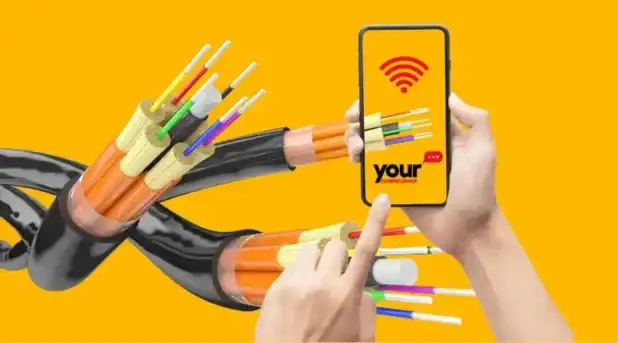
Fibre broadband, also known as fibre-optic broadband, is a type of internet connection that uses fibre-optic cables to transmit data.
These cables are made of thin strands of glass or plastic that are moulded together and coated with a protective layer. They are capable of transmitting data over long distances at very high speeds, making them ideal for use in broadband internet connections.
Fibre broadband is generally considered to be faster and more reliable than traditional broadband connections, which use copper wires to transmit data. Copper wires are prone to interference, which can slow down the connection, while fibre-optic cables are immune to such interference.
In contrast, "fibre" broadband is a term that is sometimes used to describe any broadband connection that uses fibre-optic cables for at least part of the connection. This means that the connection may use fibre-optic cables for some of the distance between the internet service provider and the customer, but use other types of cables, such as copper wires, for the remainder of the connection. In these cases, the connection may not be as fast or reliable as a full fibre broadband connection, which uses fibre-optic cables for the entire connection.
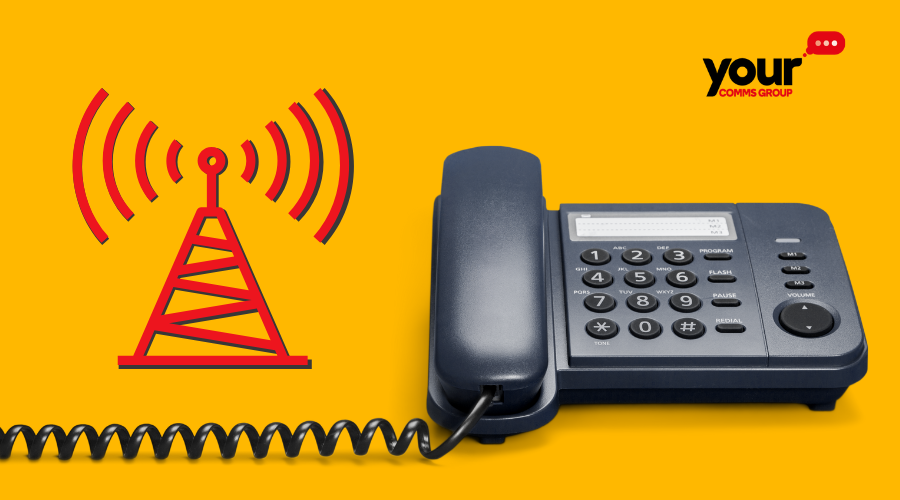
Some broadband connections, such as DSL (digital subscriber line) and some types of fibre broadband, require a landline phone connection in order to work. These types of connections use the phone line to transmit data, so a landline is necessary.
Other types of broadband, such as cable and satellite, do not require a landline phone connection. These connections use a cable or satellite dish to transmit data, so a landline is unnecessary.
There are also some mobile broadband options that do not require a landline. Mobile broadband uses a cellular network to transmit data, so you can connect to the internet using a mobile hotspot device or by using a SIM card in a device that is compatible with mobile broadband.
In summary, whether or not you need a landline for broadband depends on the type of broadband connection you have or looking to use. Some types of broadband require a landline, while others do not.
To change your broadband provider, follow these steps:
YCG recommends that you plan ahead for a day for the new installation. Choose a day when you will not be needing access to your Wi-Fi in case there is a period of downtime. For more information on YCG Broadband solutions use the following link.
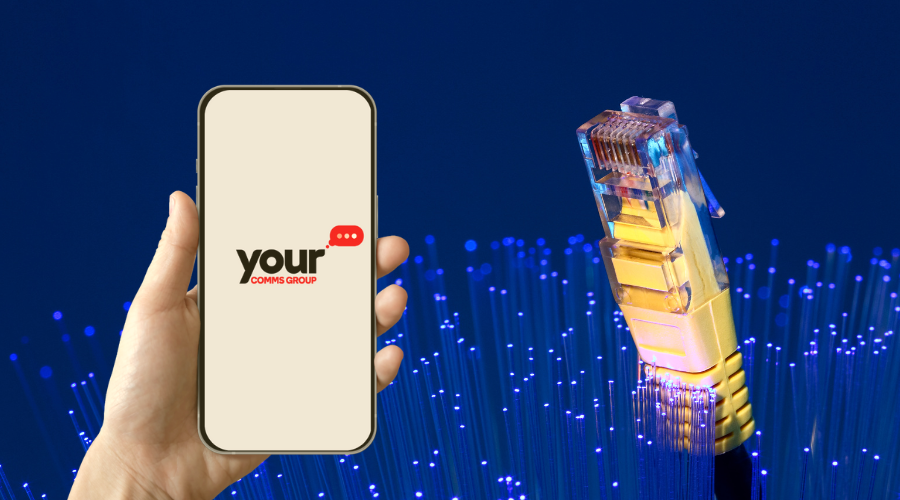
The cost of fibre broadband can vary depending on a number of factors, such as your location, the provider you choose, and the speed of the connection.
In general, fibre broadband is typically more expensive than other types of broadband, such as DSL or cable. This is due to the materials needed and the overall increase in speed and service you will receive.
However, the increased cost of fibre broadband may be offset by the faster speeds and greater reliability of the connection. In addition, some providers offer discounts or promotions to new customers, which can make fibre broadband more affordable.
It's a good idea to compare the costs of different broadband options in your area to find the one that best fits your budget. Keep in mind that the lowest-priced option may not always be the best value, especially if it does not meet your needs in terms of speed or reliability.
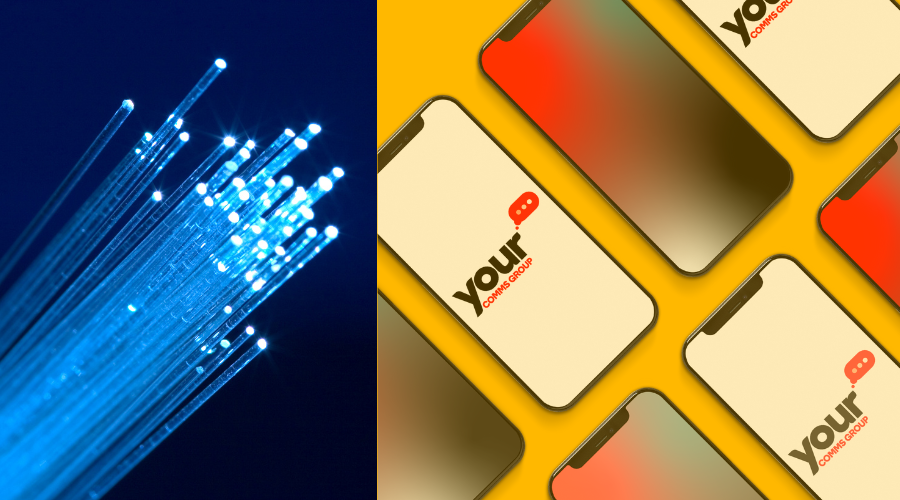
The price difference between fibre and full fibre broadband can vary depending on a number of factors, such as your location, the provider you choose, and the speed of the connection. In general, full fibre broadband is typically more expensive than fibre broadband.
Fibre broadband refers to any broadband connection that uses fibre-optic cables for at least part of the connection. This means that the connection may use fibre-optic cables for some of the distance between the internet service provider and the customer, but use other types of cables, such as copper wires, for the remainder of the connection.
Full fibre broadband, on the other hand, is when the connection that is used is 100% fibre-optic cables for the entire connection. This means that data is transmitted using fibre-optic cables from the internet service provider all the way to the customer's home.
Full fibre broadband is generally considered to be faster and more reliable than fibre broadband. It's a good idea to compare the costs of different broadband options in your area to find the one that best fits your budget.
Keep in mind that the lowest-priced option may not always be the best value, especially if it does not meet your needs in terms of speed or reliability.
To check the availability in your area most providers offer an online tool or resource. For example, on providers' websites, it will ask for a postcode to check if they can deliver the required service.
Consider using a third-party site, such as Uswitch.com, to compare the availability and pricing of different full fibre broadband plans in your area.
These sites allow you to enter your address or postcode to see a list of providers and plans available in your area. Keep in mind that availability can vary depending on your location, and even if full fibre is available in your area, it may not be available at your specific address. In some cases, you may need to pay for the installation of full fibre at your home if it is not already available.
We hope you have found this blog useful and if you need more information about your internet provider contact one of our experts at YCG at the following link.
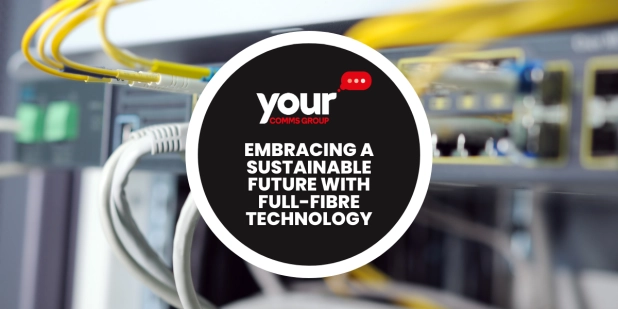
The growing awareness of the impact of human activities on the environment has increased drastically over the last 5 years, meaning the need for...
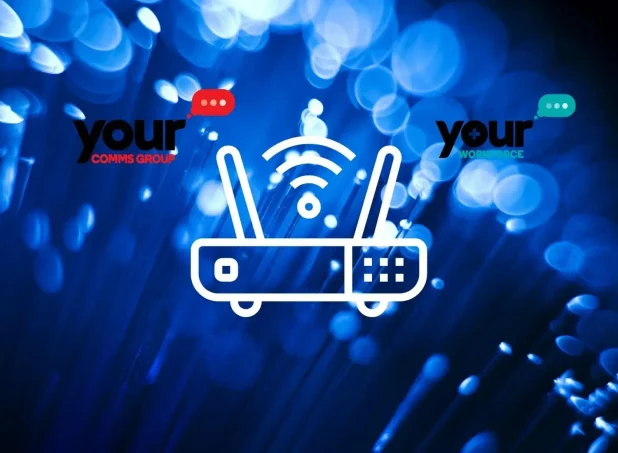
What is the difference between FTTP vs. FTTC broadband? With FTTP, the local exchange's fibre broadband internet is connected to your home's router,...
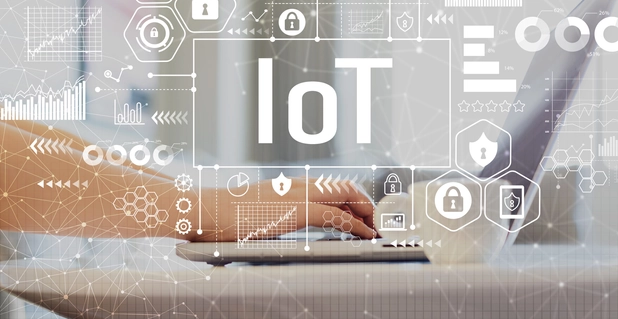
A transformative and modern technological advancement, IoT (Internet of Things) devices are non-traditional devices that transmit data in a similar...